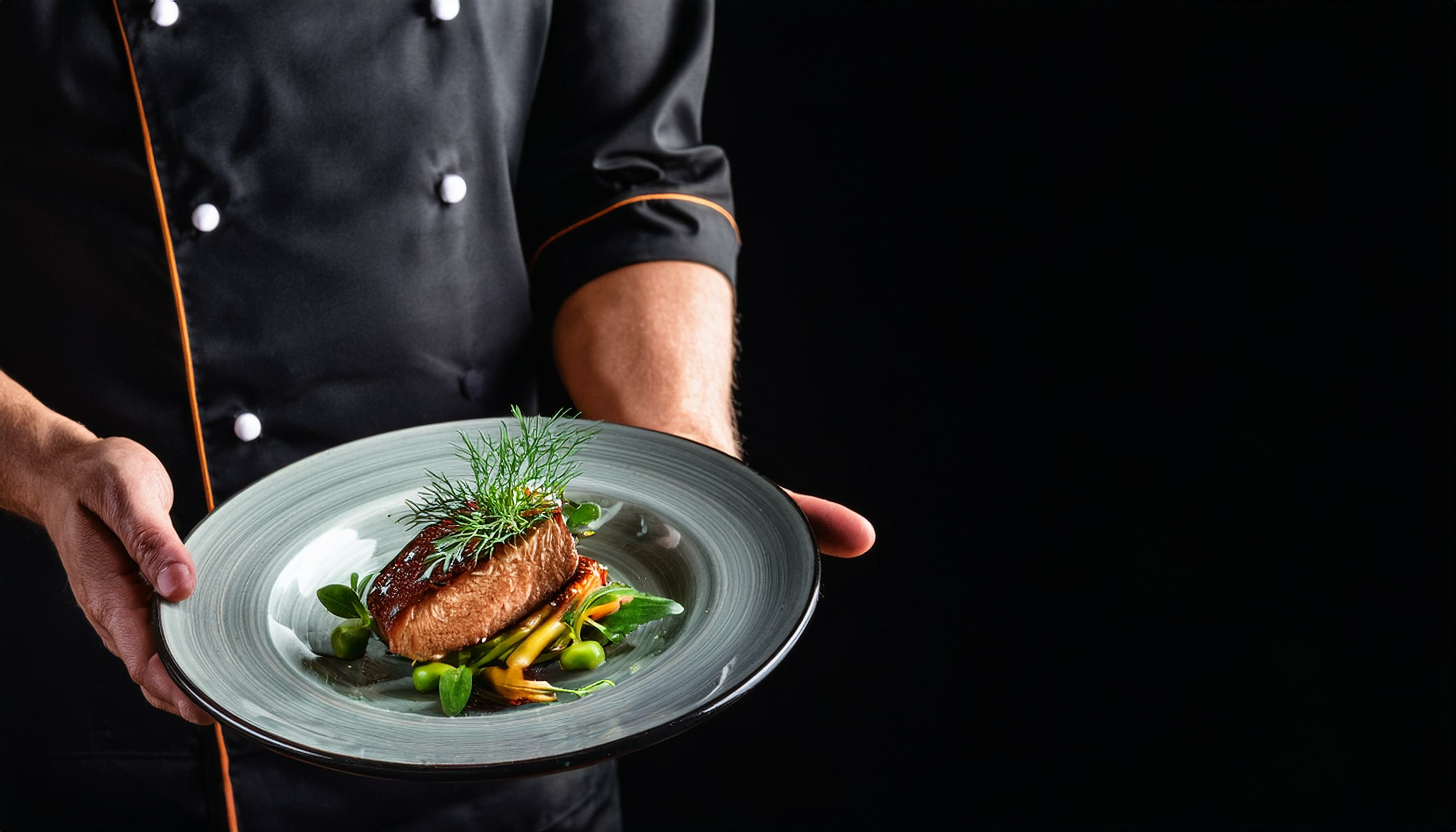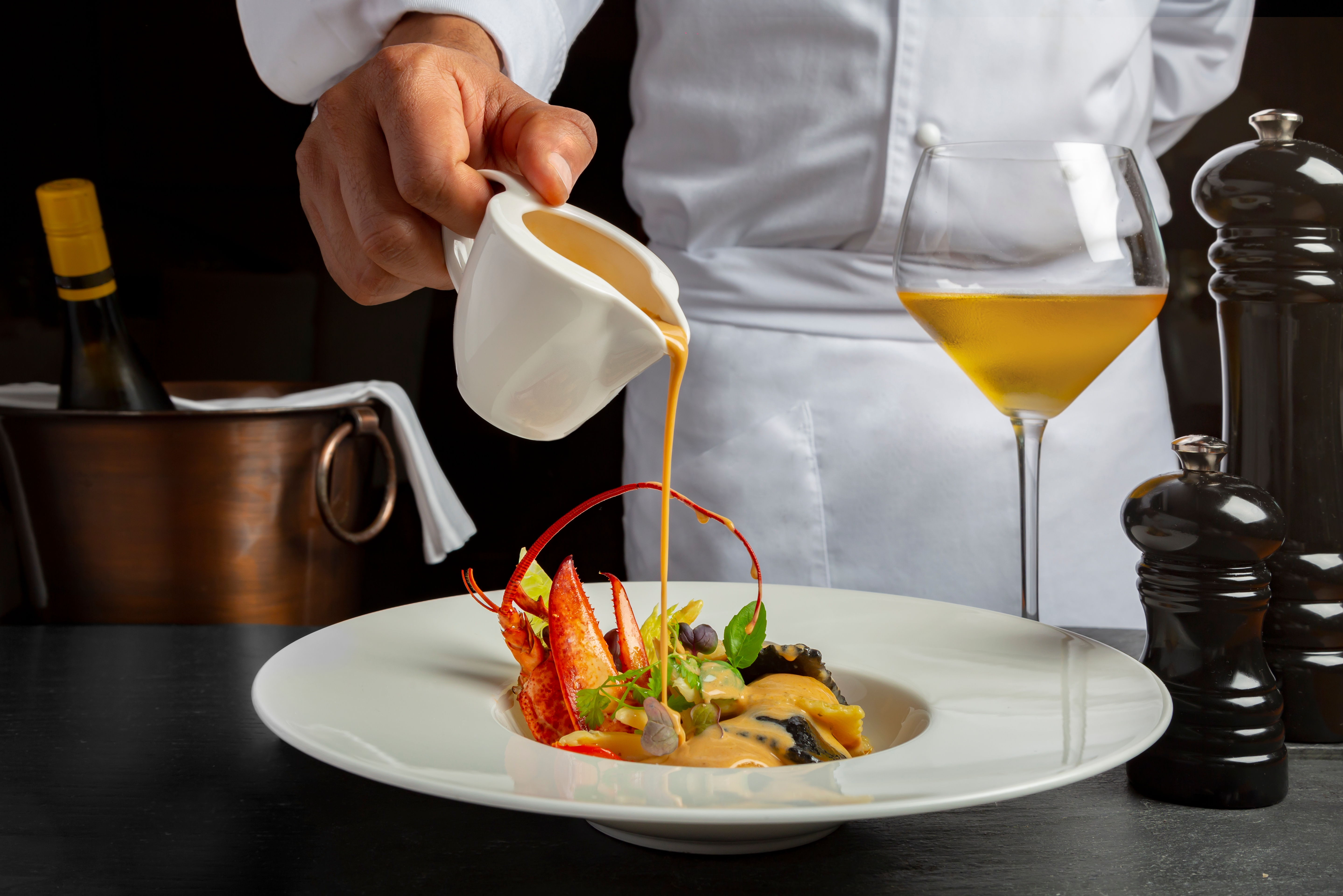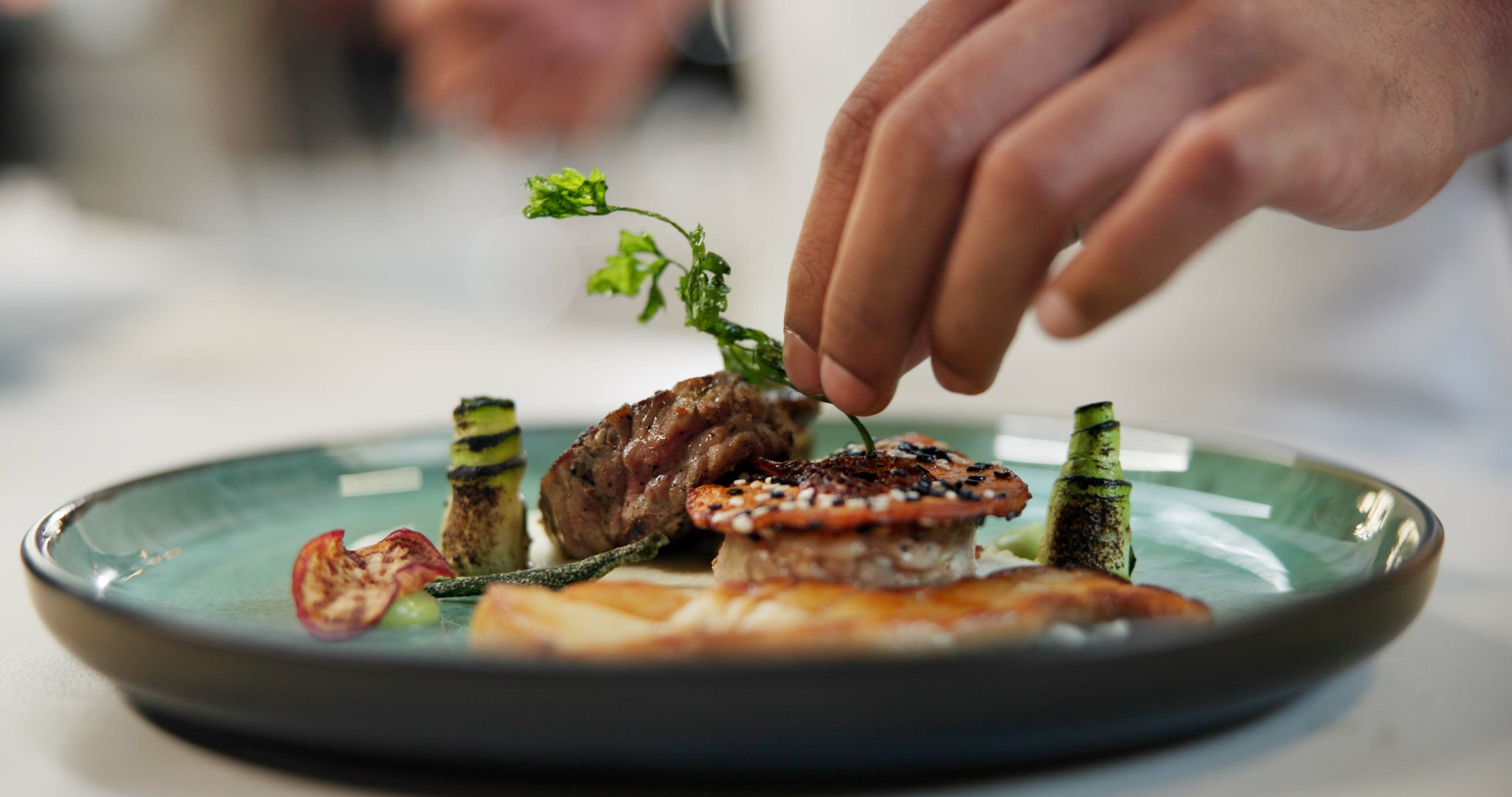In the world of haute cuisine, first impressions are everything—and often, they’re made before the first bite. For culinary students and aspiring chefs, mastering food plating and presentation is not just about beauty; it’s about storytelling, technique, and elevating flavour through form. This guide unpacks the essentials of crafting dishes that both look exquisite and taste unforgettable.

Where Taste Meets Technique
The aroma may invite you in, and the flavour may win your heart—but it's the visual allure of a dish that captures attention first. Food plating and presentation are crucial skills in every chef’s toolkit, turning thoughtfully prepared dishes into sensory experiences. While plating focuses on how food is arranged on the plate, presentation extends to the plate’s design, the placement of sauces and garnishes, and even the setting it’s served in. In professional kitchens, these details are far from decorative—they’re essential elements of the dining journey.
Why Presentation Matters in the Culinary World
In a competitive industry where diners photograph before they taste, visual storytelling has become as important as seasoning. A beautifully plated dish doesn’t just appeal to the eye; it communicates a chef’s precision, creativity, and respect for ingredients. For pastry chefs and pâtissiers, presentation often serves as a canvas for artistry, where taste and aesthetic must reach equal heights. More than a flourish, plating is an integral part of a chef’s identity—and in fine dining, it can be the difference between a forgettable meal and a Michelin-starred experience.

Plating Like a Pro: Principles and Practices
Great plating is not random—it’s carefully choreographed. Begin by understanding the architecture of your dish. Consider contrasts in colour, texture, and shape. Balance is key: a crisp tuile beside a smooth mousse, a burst of vibrant beetroot against a pale purée, a clean smear of sauce that leads the eye across the plate. Successful plating starts with planning. Think of the plate as a stage—each component must play its part in harmony. Use negative space intentionally. Choose plates that complement, not compete. A sleek black dish may enhance vivid vegetables; a textured ceramic bowl might echo rustic, earthbound flavours. Garnishes should enhance, never distract. Microgreens, edible flowers, citrus peels, or toasted seeds can provide elegance, crunch, or aromatic lift—but only when applied with restraint.
Modern Techniques to Elevate Your Craft
Aspiring chefs should explore contemporary plating styles that define today’s fine dining:
• Texture & Contrast: Juxtapose crunchy with creamy, crisp with tender to excite the palate and eye.
• Height & Layering: Elevate the plate—literally—by stacking or layering elements for visual interest.
• Symmetry & Asymmetry: Symmetrical designs offer balance and calm; asymmetry can create dynamism and modern flair.
• Colour Theory: Use colour to guide emotion. Bold tones can energise; muted hues can soothe. Think in palettes, not just ingredients.
• Sauce Styling: A sauce can be drizzled, dotted, or swiped for artistic impact. Its placement should be intentional and integral to the dish’s flavour.
These methods don’t just serve aesthetics—they reinforce the story your dish is telling.
From Canvas to Career
Mastering presentation isn’t simply a visual exercise—it’s a career-defining skill. A chef known for precision and elegance stands out in the crowded culinary scene. Presentation can help build a brand, elevate your reputation, and move you closer to prestigious accolades and leadership roles. Whether you're crafting delicate pâtisserie or composing a seasonal tasting menu, your ability to plate with purpose will mark you as a chef who sees the dish from all angles.

Education: Where Vision Meets Execution
Enrolling in a structured culinary arts programme can accelerate your growth. With hands-on instruction, access to global kitchens, and mentoring by seasoned chefs, students gain both the technical and artistic training to master presentation and elevate their plating technique to a professional standard.
The Art of Edible Elegance
Food plating and presentation aren’t superficial flourishes—they’re a form of edible storytelling. For the next generation of chefs, learning to plate with clarity, intention, and emotion is essential. Whether you're garnishing a chocolate soufflé or composing a deconstructed tartare, remember: the plate is your canvas, and every element should speak. With practice, patience, and a touch of flair, you’ll not only feed the senses—but craft moments that linger long after the meal ends.